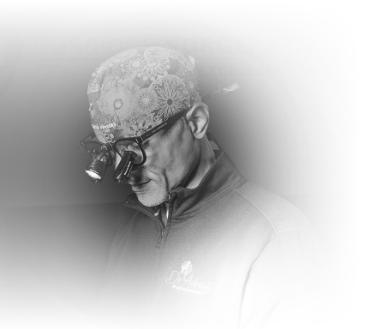QuickLinks
Women choose to have breast reduction surgery for a variety of reasons, including back and neck pain, skin irritation, embarrassment when doing physical activities, or struggling to fit into clothes properly. Whatever your reason is, a breast reduction at Dr. Andrews Plastic Surgery can be a life-changing procedure that gives you the proportionate breasts you’re looking for
What is Breast Reduction?
Breast reduction surgery, also known as reduction mammoplasty, involves removing skin and tissue from the breasts and reshaping and elevating the remaining tissues to create smaller, more proportional breasts.
Who is a Good Candidate for Breast Reduction?
There are a variety of reasons people have breast reduction surgery, but there are some qualifications that make some people better candidates for the procedure than others. Some of these specifications include:
- Struggling with physical activity due to the size of your breasts
- Back, neck, or shoulder pain due to breast size
- Shoulder indentations from bra straps
- Skin irritation in the breast crease
- Good general health
- Non-smokers
- Having realistic expectations
- Bothered with the feeling of your breasts being overly large
The Breast Reduction Procedure
Breast reduction surgery begins with general anesthesia being administered. But unlike local or general anesthesia you may be familiar with, Dr. Andrews uses a pectoralis block called Exparel. Once it kicks in, you will be unaware of the surgery until it’s over. The procedure typically takes about 2-3 hours.
Dr. Andrews will begin by making incisions to the breasts, and then he will carefully remove excess skin, fat, and breast tissue. The type of incision used will differ depending on your needs. It may be a lollipop incision or a keyhole incision.
If needed, he will also raise the nipple/areola complex to an appropriate location. Once he has reshaped your breasts, he will close the incisions with sutures. Drains may be inserted to ensure there is no buildup of fluid after surgery.
Finally, surgical tape will be placed on the incisions to keep them in place. A surgical compression bra will also be put in place to aid healing.
You will then be sent to our recovery room so you can wake up from anesthesia in a safe environment. After that, you can return home with the help of a friend or family member.
Recovery
After breast reduction surgery, you can go home the same day. To ensure you’re completely comfortable and healing properly, you will be prescribed pain medication and given instructions on how best to take care of yourself and your incisions.
You will likely notice some swelling and bruising for the first few weeks after surgery. You will want to take about three weeks off work, especially if you have a labor-intensive job. You will also need to limit your activity and exercise and continue to wear your support bra.
When you can return to work and begin to perform more strenuous activities will be up to Dr. Andrews. He will let you know when you can return to your normal routine at your follow-up appointments.
As for results, you’ll likely notice some immediately after surgery, but the final results won’t show up until your swelling goes down and your bruising fades. It can take 3-6 months before you see your full results.

DR. KAHLIL ANDREWS
Dr. Kahlil Andrews is a board-certified plastic surgeon from Los Angeles specializing in plastic, cosmetic and reconstructive surgery.
At his location in Coralville, Iowa, Dr. Andrews’ academic and technical achievements are only exceeded by his commitment to patient care. Whether they are seeking reconstructive breast surgery, outpatient injectable treatment, or a full-blown mommy makeover, Dr. Andrews gives his full attention and focus on achieving excellent patient outcomes.
MEET DR. ANDREWSTestimonials
“Schedule A Consultation
Ready to reduce your back pain, fit into clothes better, and feel more confident? Breast reduction surgery can be a great solution. Take the first step today and schedule a consultation with Dr. Andrews. He can address your concerns, answer any questions you may have, and build a customized treatment plan that allows you to achieve your aesthetic goals.
To schedule a consultation, call our Coralville, IA office at 319.800.6877 or use our online scheduling form.









